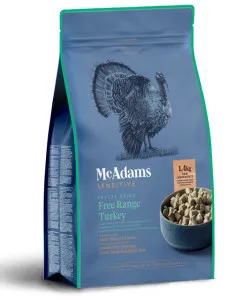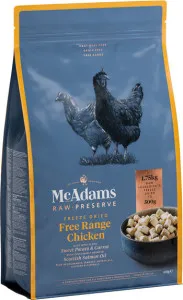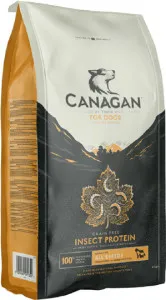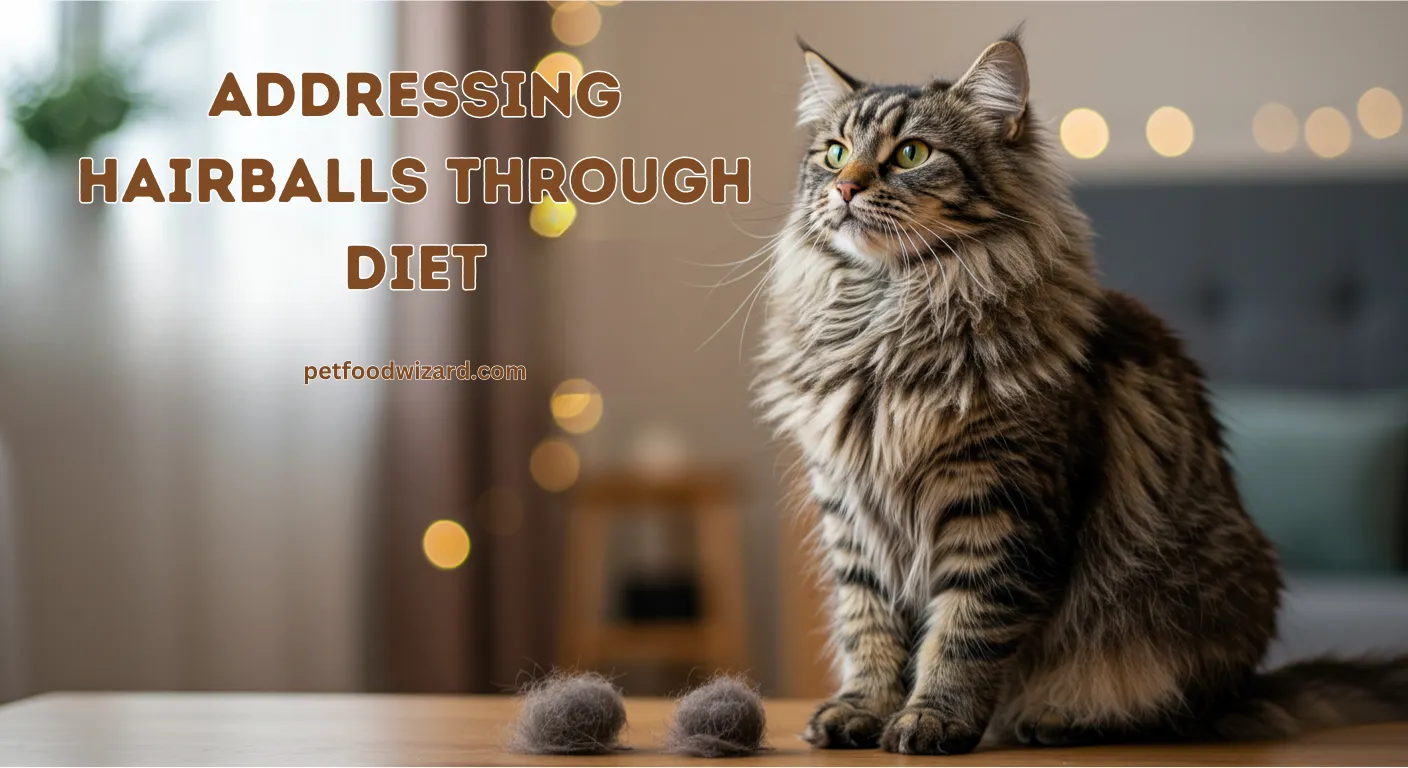Addressing Hairballs Through Diet: A Comprehensive Guide
If you're a cat owner, you're probably no stranger to the occasional hairball. While they may seem like a normal part of feline life, frequent hairballs can be a sign that your cat's diet or grooming habits need attention. The good news? You can address hairballs through diet, ensuring your furry friend stays healthy and comfortable. In this guide, we'll explore how diet plays a role in managing hairballs and provide practical tips to help your cat thrive.
Understanding Hairballs: What Are They and Why Do They Happen?
Hairballs, or trichobezoars, are clumps of hair that accumulate in your cat's digestive tract. Cats are meticulous groomers, and during their grooming sessions, they ingest loose hair. While most of this hair passes through their system without issue, some of it can clump together in the stomach, forming a hairball. When this happens, your cat will often vomit it up to clear the obstruction.
While occasional hairballs are normal, frequent hairballs can indicate underlying issues, such as:
- Excessive grooming: Stress, skin conditions, or allergies can cause your cat to groom more than usual.
- Poor diet: A lack of fiber or hydration can make it harder for hair to pass through the digestive system.
- Underlying health issues: Digestive problems or gastrointestinal disorders may contribute to hairball formation.
- Pumpkin: A natural source of soluble fiber, pumpkin can help regulate digestion and ease hairball formation.
- Psyllium husk: This plant-based fiber can be added to your cat's food to promote regular bowel movements.
- High-fiber cat food: Look for cat food formulas specifically designed to address hairballs, as they often contain added fiber.
- Provide fresh water: Ensure your cat always has access to clean, fresh water. Consider using a cat water fountain to entice them to drink more.
- Incorporate wet food: Wet cat food has a higher moisture content than dry food, helping to keep your cat hydrated.
- Add broth to meals: Low-sodium chicken or beef broth can make meals more appealing and increase fluid intake.
- Regular grooming: Brush your cat regularly to remove loose hair before they can ingest it. This is especially important for long-haired breeds.
- Provide hairball remedies: Over-the-counter hairball remedies, such as gels or treats, can help lubricate the digestive tract and ease the passage of hair.
- Monitor for signs of stress: If your cat is grooming excessively, it may be a sign of stress or anxiety. Address the underlying cause to reduce grooming behavior.
- Persistent vomiting or retching
- Loss of appetite or weight loss
- Lethargy or changes in behavior
- Constipation or diarrhea
By addressing these factors, particularly through diet, you can help reduce the frequency and severity of hairballs in your cat.
The Role of Diet in Managing Hairballs
Diet plays a crucial role in your cat's overall health, including their ability to manage hairballs. A well-balanced diet can promote healthy digestion, reduce shedding, and help hair pass through the digestive tract more easily. Here are some key dietary considerations for addressing hairballs:
1. Increase Fiber Intake
Fiber is essential for promoting healthy digestion and preventing hairballs. It helps move hair through the digestive tract, reducing the likelihood of it clumping together in the stomach. Consider incorporating the following fiber-rich foods into your cat's diet:
If you're unsure which foods are best for your cat, consult a Pet Food Analyzer to evaluate their current diet and make informed adjustments.
2. Ensure Proper Hydration
Hydration is key to maintaining a healthy digestive system. When your cat is well-hydrated, their digestive tract can function more efficiently, making it easier for hair to pass through. Here are some tips to encourage hydration:
3. Choose High-Quality Protein Sources
A diet rich in high-quality protein supports healthy skin and coat, reducing excessive shedding and the amount of hair your cat ingests during grooming. Look for cat foods that list real meat, such as chicken, turkey, or fish, as the primary ingredient. Avoid foods with fillers or artificial additives, as they can contribute to digestive issues.
Recommended Products

McAdams Freeze Dried Free Range Turkey is an excellent choice for addressing hairballs through diet. This dog food contains Boneless Free Range Turkey 86.5% and other high-quality ingredients that promote overall health.

McAdams Freeze Dried Free Range Chicken is an excellent choice for addressing hairballs through diet. This dog food contains Boneless Free Range Chicken 86% and other high-quality ingredients that promote overall health.

Canagan Insect is an excellent choice for addressing hairballs through diet. This dog food contains Freshly Prepared Insects (27%)* and other high-quality ingredients that promote overall health.
4. Consider Hairball-Specific Cat Food
Many pet food brands offer formulas specifically designed to address hairballs. These foods typically contain a blend of fiber, omega fatty acids, and other nutrients that promote healthy digestion and reduce shedding. If your cat is prone to hairballs, switching to a hairball-specific formula may provide significant relief.
5. Supplement with Omega Fatty Acids
Omega-3 and omega-6 fatty acids are essential for maintaining a healthy coat and skin. By reducing shedding, these supplements can help minimize the amount of hair your cat ingests. You can find omega fatty acids in fish oil supplements or in cat foods that include ingredients like salmon or flaxseed.
Additional Tips for Managing Hairballs
While diet is a powerful tool for addressing hairballs, it's not the only factor to consider. Here are some additional tips to help keep hairballs at bay:
When to Consult a Veterinarian
While most hairballs are harmless, frequent or severe hairballs can indicate a more serious issue. If your cat is experiencing any of the following symptoms, it's important to consult a veterinarian:
A veterinarian can help identify any underlying health conditions and recommend appropriate treatments or dietary changes.
Conclusion: A Healthy Diet for a Hairball-Free Cat
Addressing hairballs through diet is a proactive and effective way to support your cat's health and well-being. By increasing fiber intake, ensuring proper hydration, and choosing high-quality protein sources, you can help your cat maintain a healthy digestive system and reduce the frequency of hairballs. Additionally, regular grooming and monitoring for signs of stress can further minimize the issue.
If you're unsure where to start, a Pet Food Analyzer can help you evaluate your cat's current diet and make informed adjustments. With the right approach, you can keep your feline friend happy, healthy, and hairball-free.
Take the first step toward a healthier diet for your cat today. Your furry companion will thank you!
